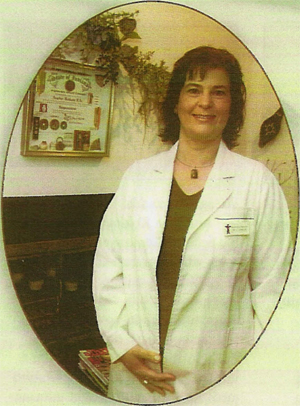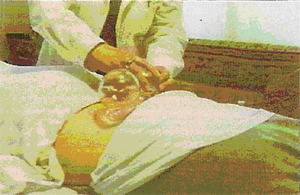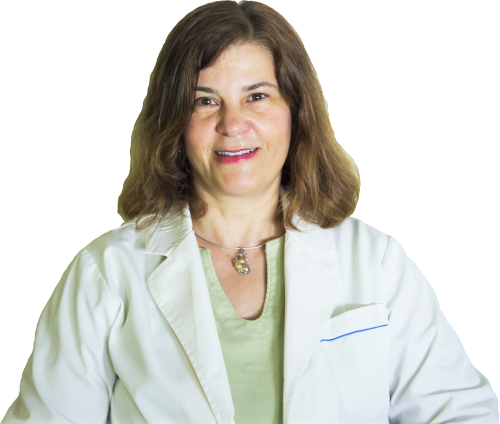- What does cupping actually do?
- What are the downsides of cupping?
- What toxins does cupping remove?
- Is cupping better than massage?
Cupping therapy is one of the most ancient healing practices in Traditional Chinese Medicine (TCM). While it has gained attention in recent years—especially among athletes and wellness enthusiasts—it remains surrounded by questions and misconceptions. Let’s take a closer look at what cupping does, its possible downsides, how it relates to “toxins,” and whether it is better than massage.
What Does Cupping Actually Do?
Cupping involves placing special cups on the skin to create suction. This suction helps increase blood circulation, loosen tight muscles, reduce inflammation, and promote the flow of qi (vital energy) through the body. By lifting the skin and underlying tissues, cupping draws stagnant blood and fluids toward the surface, encouraging the body’s natural healing process. Many people experience relief from pain, tension, and stiffness after a session.
What Are the Downsides of Cupping?
While generally safe when performed by a trained practitioner, cupping does have a few possible downsides:
- Bruising and marks: Circular marks are common and can last several days. They are not usually painful but may be cosmetically concerning.
- Mild soreness: Some people feel tenderness in the treated areas for a short time afterward.
- Skin sensitivity: Rarely, the suction may irritate the skin, especially if someone has very sensitive skin or certain medical conditions.
For most patients, these effects are mild and temporary. However, cupping should always be performed by a skilled professional who understands the body’s needs and contraindications.
What Toxins Does Cupping Remove?
In Traditional Chinese Medicine, the word “toxins” does not strictly mean chemical poisons. Instead, it refers to stagnation—whether of blood, lymph, or energy—that interferes with health. Cupping helps release these blockages, drawing stagnation to the surface so the body can process and clear it. From a modern biomedical view, cupping improves circulation and lymphatic drainage, supporting the body’s natural detoxification processes rather than “pulling out toxins” in a literal sense.
Is Cupping Better Than Massage?
Cupping and massage each offer unique benefits. Massage typically applies pressure to the muscles, working inward. Cupping does the opposite: it creates suction and lifts tissue upward. Because of this, cupping can reach deeper layers of fascia and muscle tension that massage may not easily access.
Instead of asking which is better, it’s often best to see them as complementary. Massage can soothe and relax, while cupping can invigorate and release stagnation. Many patients benefit from combining both therapies as part of a holistic treatment plan tailored to their needs.
Conclusion
Cupping is a powerful therapy rooted in centuries of Traditional Chinese Medicine. When practiced skillfully, it can ease pain, reduce stagnation, and support overall wellness. While mild side effects like bruising are normal, the benefits often outweigh the drawbacks. Whether used alone or alongside massage, cupping is a valuable tool to restore balance and vitality in the body.
By Sharon L. Martin
“Take her or heal her.”
It was her mother’s agonizing prayer that saved Angelica Kokkalis’ life and set her on a journey of healing others.
 When Angelica Kokkalis was 3 years old, she began having grand mal epileptic seizures. The seizures became so severe that her physician prescribed Valium. It left the girl drooling and numb to the world.
When Angelica Kokkalis was 3 years old, she began having grand mal epileptic seizures. The seizures became so severe that her physician prescribed Valium. It left the girl drooling and numb to the world.
“I don’t remember my childhood,”says Kokkalis, who grew up in Greece. She was enrolled in a special needs school where she showed signs of academic promise when not on her medication. This continued for nine years.
And it was when Kokkalis was 12 years old, that her mother uttered the prayer, “Take her or heal her.” “My mom was on the bus when someone mentioned that she needed to try therapeutic medicine with me,” says Kokkalis. “It would take 40 days. She was to put me on a strict vegan diet, drink a tea rich with enzymes, take me off my medications and pray.”
That’s what her mother did.
“On the 37th day, I had the worst seizure I ever had,” says Kokkalis. “I was comatose for three days and three nights. I don’t remember anything.”
She does remember waking and being thirsty. The therapeutic remedy had worked.
But on that day, her mother’s faith in the unconventional brought Kokkalis back to the living and would forever shape her future.
In 1979, when Kokkalis was 14, she was sitting in class when a magazine editor arrived as a guest speaker. It wasn’t the speaker that caught Kokkalis’ attention. It was the cover of the magazine depicting acupuncture. Kokkalis was hooked.
At the age of 17, she received a Sino-Greek Government Student Exchange Scholarship to study medicine in China, where she combined her education in conventional medicine with training in Traditional Chinese Medicine (T.C.M.). She learned how the least invasive treatment is best. She learned about herbs, acupuncture and other treatments that soothe the body in a more natural way.
“The Chinese philosophy considers the bone to be elastic,” explains Kokkalis. “Different herbal remedies combine to create collagen. Grapeseed extract, for example, is good for strengthening.”
Kokkalis enjoys figuring out what makes a person tick and then creating a strategy that gets results. “I see the unique characteristics and make a unique creation for that individual,” she adds.
Ann Malaska agrees. She has been seeing Kokkalis for nearly eight years. What started as a treatment for a foot problem has resulted in Kokkalis helping Malaska with other health issues as well.
“Everything about a person is interconnected,” says Malaska. “The whole person has to be addressed and she has a sense of that. Everything I’ve come to her for, she’s gotten me to a better level of healing.”
Kokkalis’ blending of medicines provides patients with technological advances of the West and time-honored traditions of the East. “Look at the word ‘dis-ease,’” says Kokkalis. “When you’re not at ease with yourself, you get sick.”
Kokkalis is a firm believer that good health begins with good nutrition. She encourages women to eat healthy, wholesome foods and as use as much organic meats and produce as possible. Once your diet is in order, Kokkalis will suggest treatments that best suit your personal needs.
Options could include acupuncture, Moxibustion therapy (application of therapeutic heat), Quigong (breathing and energy exercises) and cupping.

Cupping, pictured above, involves placing cups containing reduced air pressure (suction) on the skin.
“Therapeutic massage is the No. 1 prevention of disease,” she adds. Although Kokkalis has been in the field of alternative medicine for years when it wasn’t easily accepted in the Western culture, she says she has noticed a shift. “In the last 10 years, the attitudes toward alternative methods have shifted greatly.
People ask for more answers. I’m a bridge between Eastern and Western medicines. I’ll find the right information to make the best treatment options.”
